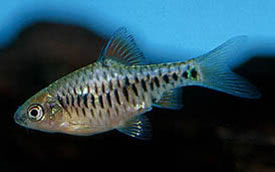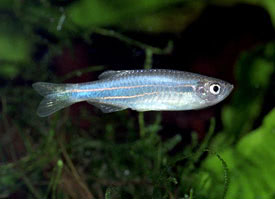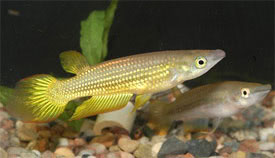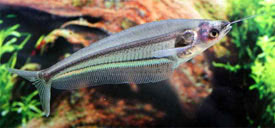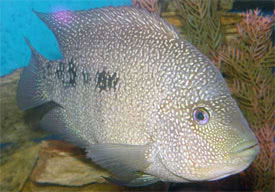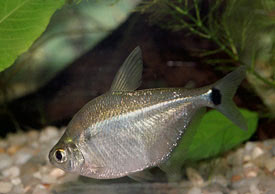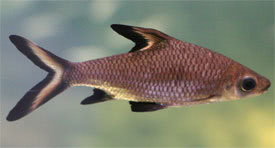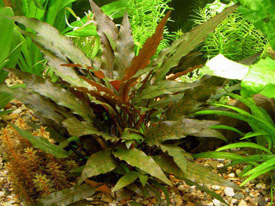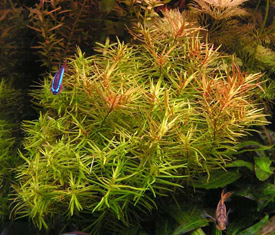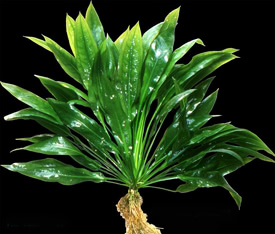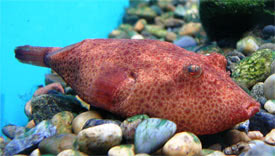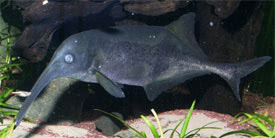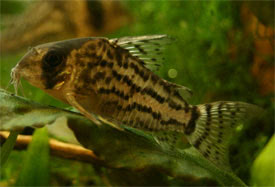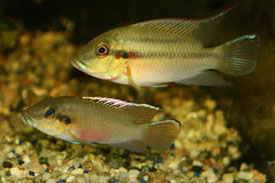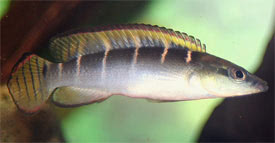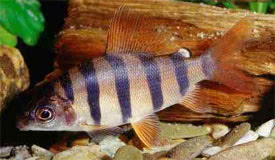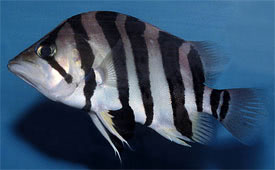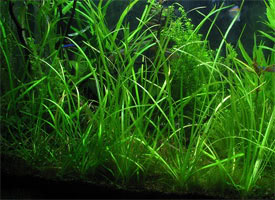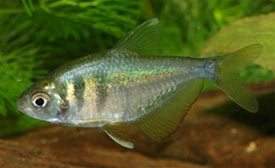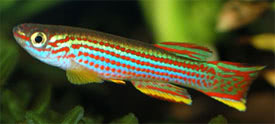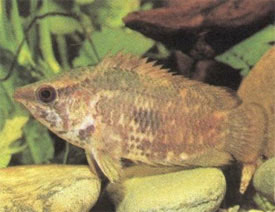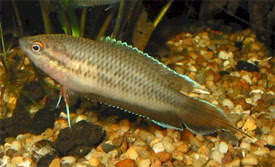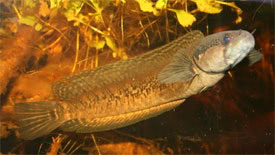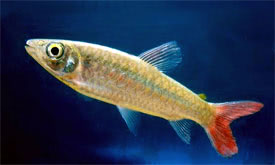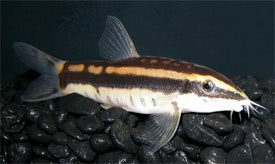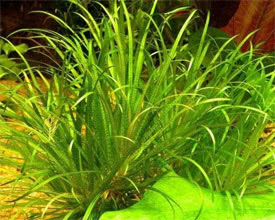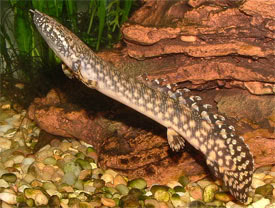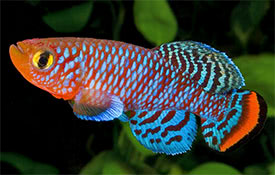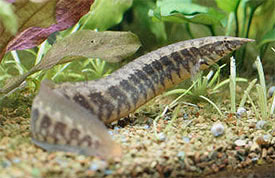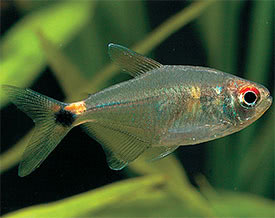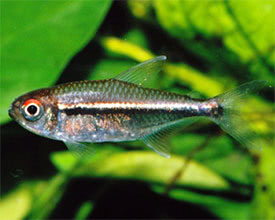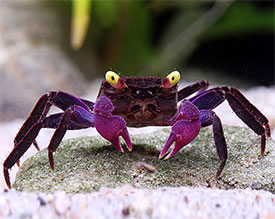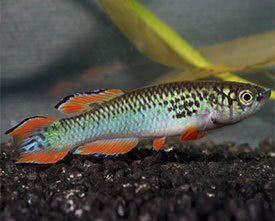
 Magyarul / Hungarian
Magyarul / Hungarian

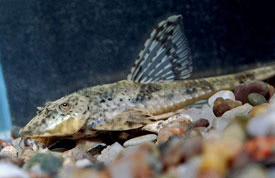
- Scientific name: Rineloricaria microlepidogaster
- Synonyms: Loricaria filamentosa, Loricaria fimbriata, Loricaria latiura, Loricaria seminuda, Loricaria tuyrensis
- Common name: Whiptail catfish
- Group: Catfishes
- Habitat: South America
- Size: 12-14 cm, In nature it can reach up to 25 cm
- Biotope: Fast-flowing, spring-fed streams and rivers of central and southeast Brazil.
- Social behavior: A very beaceful species recommended for community tanks.
- Diet: Though the fish is vegetarian, it will not damage plants. Feed at night, otherwide the fish may easily go hungry.
- Breeding: Quite hard
- Tank: Minimum 80 litres
- Population: 1 pair, or 1 male and 2 females for 100 litres
- Decoration: Needs clear, oxygen-rich water and a tank with hiding places, and fine gravel or sand for burrowing.
- Temperature: 21-28 °C
- pH: 6-7
- Hardness: 5-18NK°
- Lifespan: 10 years
Description: This is an elongated Catfish that has a flattened body and is covered by several rows of bony plates. 5 to 8 dark bars runs horizontally across the Whiptail's long spine. The main body coloration is a mixture of light brown and darker brown splotches. The fins have the same color as the rest of the body. If the fish attaches itself to the glass just below the surface, it is an indication there is not sufficent oxygen. The species likes to burrow in soft gravel. Male has a "brush" on its mouth.
This is a difficult fish to breed, because mature females don't often spawn. In addition to favorable water conditions and a good vegetable diet, it is requires spawning hollows. 1 to 1,25 inches in diameter (3-4 cm), and 8 inches long (20 cm). The female lays 100 to 200 eggs the size of mustard seed which are immediately fertilized by male. Several females may use the same hollow. The female holds to the pectoral fin of the male by suction of its mouth. The fry hatch after 9 to 12 days and are guarded by the male. The male frees the fry from their egg sac by suction with its mouth. In the wild males have been caught still holding an entire brood in the mouth sac. The young take Artemia or brine shrimp and then Cyclops and daphnia. Other vegetable foods from the second week. Fine flakes and tablets may be accepted. The tank must be scrupulously clean.



















